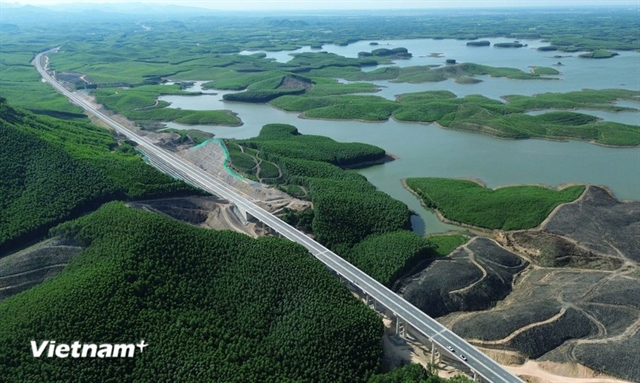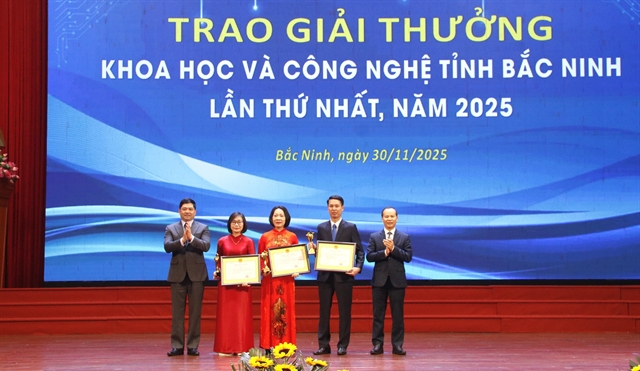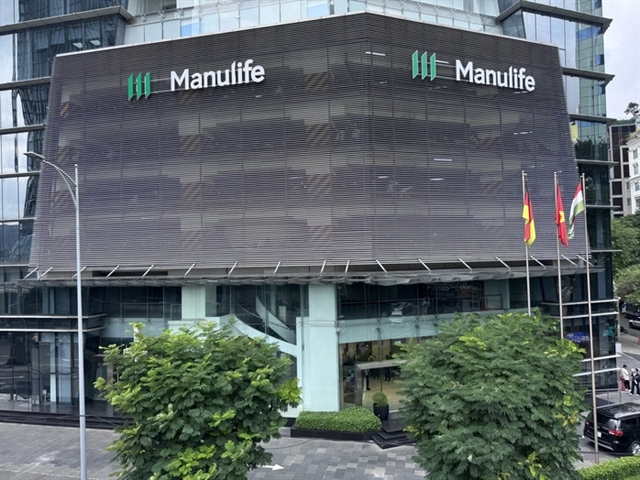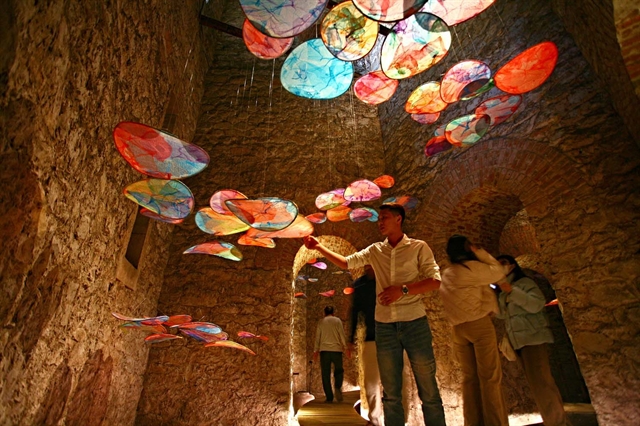 Life & Style
Life & Style
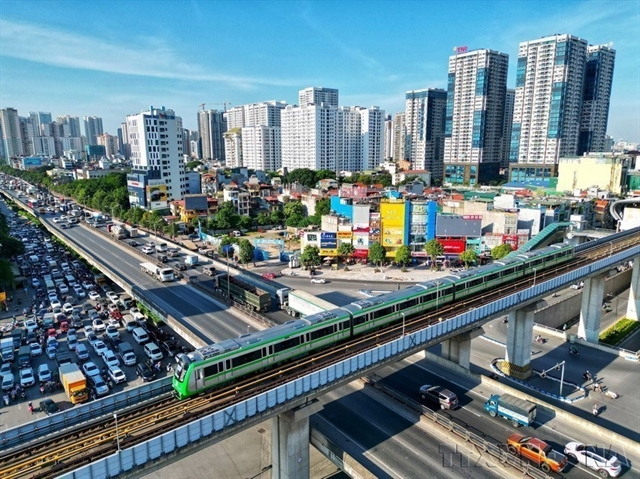
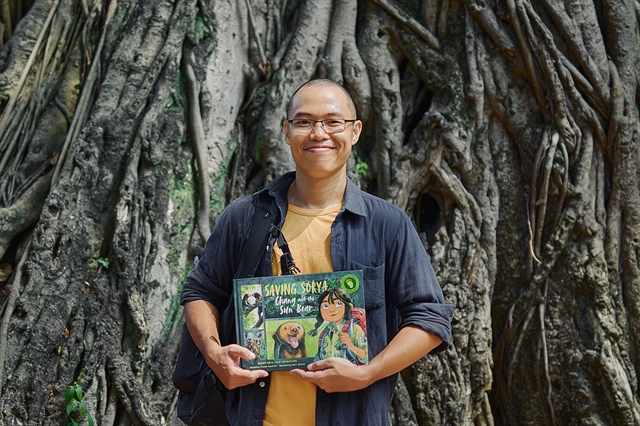 |
| Nguyễn Tiến Dũng and his award-winning book. Photo Nguyễn Kim Long |
Vietnamese self-taught artist Nguyễn Tiến Dũng (Jeet Zdũng) is the winner of the 2023 Yoto Carnegie Awards Medal for Illustration.
The awards are the UK’s longest-running and best-loved children’s book awards, recognising outstanding reading experiences created through writing and illustration in books for children and young people.
The award-winning book entitled Saving Sorya: Chang and the Sun Bear won top prize at National Book Award in 2021.
Việt Nam News reporter Nguyễn Bình chats with Dũng about his work.
How did you become an illustrator for children?
I didn't like to illustrate books in the beginning. When I was a junior high school student, I always wished that I became a comic book artist. Creating my own cartoon movies on paper is really what I want to do.
I like Japanese Doraemon manga the most.
However, it is not easy to have a chance to publish in manga and manga artists cannot earn an easy living.
Manga books do not require the author to draw beautiful pictures or write great stories, but it does require a high level of plot and the ability to effectively present the story in pictures.
Like a movie, a manga must draw the reader into the journey of the characters with continuous moving images connected to each other through frames that are carefully arranged with each turn of the page.
If the story is poorly presented, no matter how attractive the plot and how beautiful the paintings are, it can't make the readers keep going.
But book illustration is partly easier because the writer or illustrator just needs to do their work well.
Do you pursue your own illustration style?
I create different styles depending on the content of the book that I want to illustrate. In the first volumes of Saving Sorya, I combined Japanese manga and western comic art for scientific illustration and realistic depictions.
I also like to combine drawing styles in Vietnamese and Japanese folk paintings. Sometimes, just because I see another artist with a great drawing style, I want to learn and come up with a script to draw and practise.
I am most comfortable drawing with traditional materials on paper. I like using pencils, brushes, ink, watercolours, gouache, dó paper and washi. These are convenient materials to take with me to draw any place and convenient to use in the scanner.
I used to paint a lot with digital tools but later I felt nervous every time working with machines. Paper and pen suit me better.
What is your biggest challenge when you draw the series?
I only have about over 120 pages per volume, meanwhile, there is a lot of knowledge and good details that I want to include in the book.
If I get too greedy, the story will be rushed and the reader will be flooded with a mountain of information.
Many scenes were so important that the script and structure of the book had to change to make room for them.
But it's very difficult to choose from the beginning. In composing, no matter what it is, I have to try a lot before I know what to prioritise and what to get rid of.
The tempo of the story greatly affects the reader's experience. My job is to lead their emotional rhythm up and down smoothly enough throughout the reading process.
If I feel the tempo isn't good, I'll need to change the structure of the story. I hope I did well enough.
This is a big project in terms of both the number of illustrations and the time it took. Are you satisfied with the success the book has achieved?
Wildlife conservationist Trang Nguyễn is the author who finds real stories in her work which inspires her to write the script. She later sends it to me.
I draft the story script based on Trang's script. After that, I went on field trips to national parks and animal rescue centres working with animal experts and seeing the animals which are the main characters in the book.
In order to present as vividly as possible the environment and habitat of the forests that I have been to I want to know what the plants are called and where they should be located in the forests.
I try to gather as much material and real-life experience as possible before starting to work on the detailed script.
I'm very grateful to volunteer assistant artists Phương An, Nguyệt Hằng, Nguyễn Ngọc Hoan and Nguyễn Hoàng Long.
When the book came out and was well received, I simply felt I had done my job well. I am satisfied that I have finished these two volumes.
Author Trang Nguyễn and I both want to do our best so that our book can make a positive contribution to wildlife conservation, attracting the community's interest in wildlife and bear conservation as well.
There are many talented comic writers and illustrators in Việt Nam. Hopefully, the book's success is a good start for many good works on the theme of Việt Nam's wildlife to be born and grow and come to the world. I look forward to reading them.
What is the most important thing you put into your illustrations and what do you plan for your work?
I'm not sure what's most important when people illustrate children's books. For me personally, it's probably the ability to reminisce about how I saw the world around me when I was a child.
Trang Nguyễn and I will continue to make the next volumes of Saving Sorya. Plus, I have other projects in which I experience different styles and materials.
My latest book is My Daddy is A Runner. Its author is Bùi Phương Tâm. I hope that the readers will like it. — VNS

